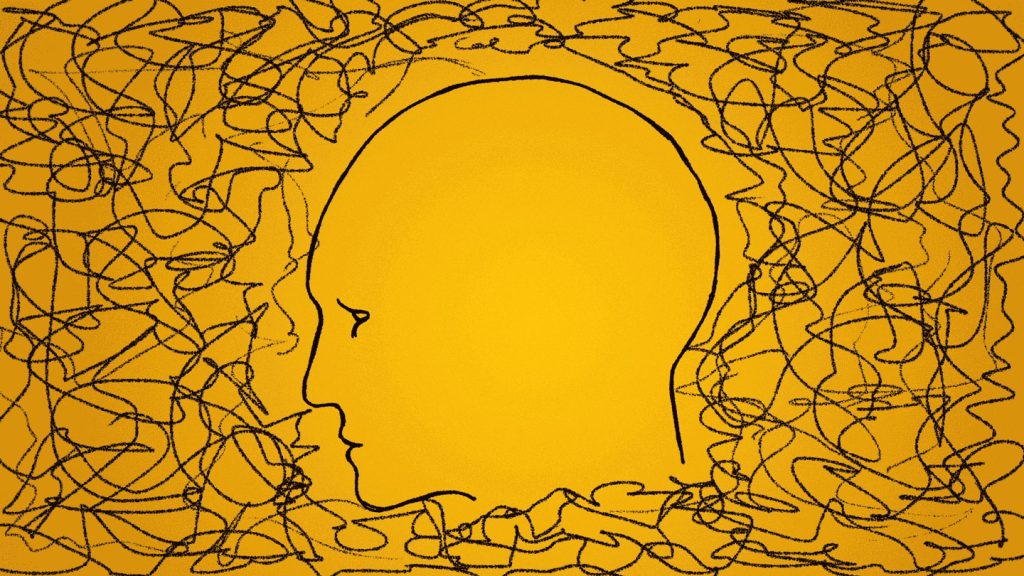The study focused on the brain networks related to depression symptoms over time, using long-term brain imaging data. The research found that the salience network in the brain, responsible for guiding attention, was nearly two times larger in patients with depression compared to those without depressive symptoms. The network was larger even as depressive symptoms varied. These findings suggest stable, trait-like differences in brain activity patterns in people with depression.
The study utilized existing functional MRI datasets to analyze brain activity over multiple days in more than a hundred individuals with and without depression. The salience network was identified as being significantly larger in people with depression, directing the activity of other networks related to self-focused thinking and working memory. While the overall shape of the network was similar in both groups, the borders extended further outward in patients with depression, indicating a potential link to the condition.
Connectivity changes within specific nodes of the salience network were associated with worsening symptoms of depression. For example, weakened connectivity between the nucleus accumbens and the anterior cingulate was observed when patients reported experiencing less joy. Individuals with bipolar II disorder also exhibited expanded salience networks, whereas those with autism or obsessive-compulsive disorder did not. The specificity of the salience network expansion to depression presents an intriguing area for future research.
Analysis of adolescents over time revealed that those who developed depressive symptoms had significantly larger salience networks before the onset of depression. This suggests that the enlarged network may precede depression and could potentially be related to early life stressors or genetics. Further research is needed to fully understand the relationship between the network size and the development of depression.
The findings offer insight into potential new pathways for therapeutic interventions for depression. Understanding the neural components involved in depression could lead to more precise treatments, particularly in light of the inconsistent effectiveness of current medications. Incorporating information about how functional brain networks are organized in individuals with depression could inform the administration of brain stimulation therapies, offering a promising avenue for future research and treatment advancements.


